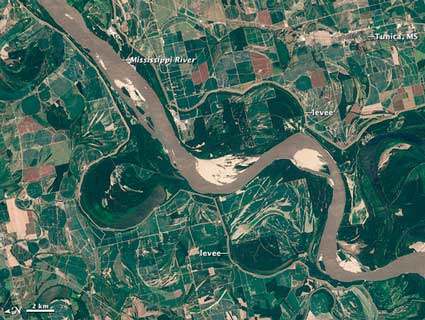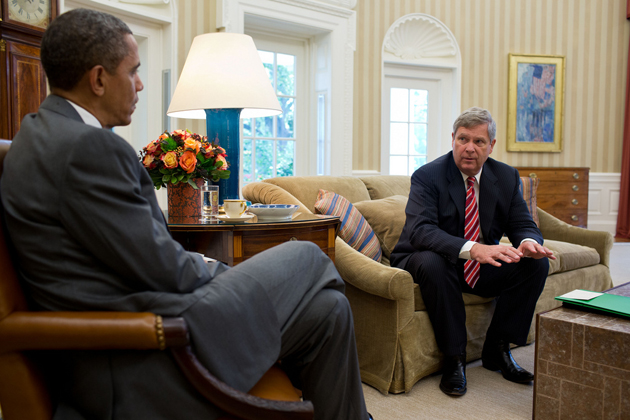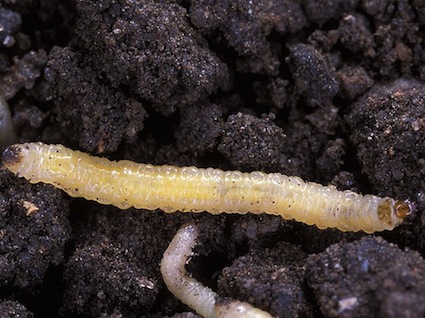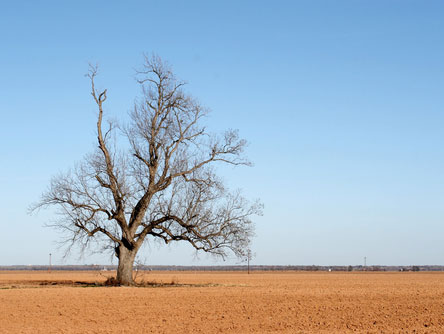Lifelong Wyoming rancher Neil Forgey is hoping the grass is greener in Winner, South Dakota. This year’s drought has forced a terrible choice on Western ranchers: sell, or haul. Forgey’s usually verdant land in Douglas, Wyoming—home for decades—is “drier than it’s ever been,” he said. Every county in that state is a declared disaster area, eligible for federal money. Forgey’s property was also threatened by the Arapaho Fire, which destroyed nearly 99,000 acres, the worst in Wyoming this year. “It was selling them, or South Dakota,” he said.
Forgey found greener pastures seven hours and 330 miles east, on an expansive prairie owned by family friend. There, at risky expense, 120 head of cattle will graze until September in the hope next year will bring rain.
Not so lucky are ranchers just an hour south, in Bassett, Nebraska, where the local auction house can barely keep up with a brimming cattle yard.
As ranchers flee fire and drought, and scientists warn of a more severe droughts driven by climate change, Forgey’s story is repeating all over the West.
















